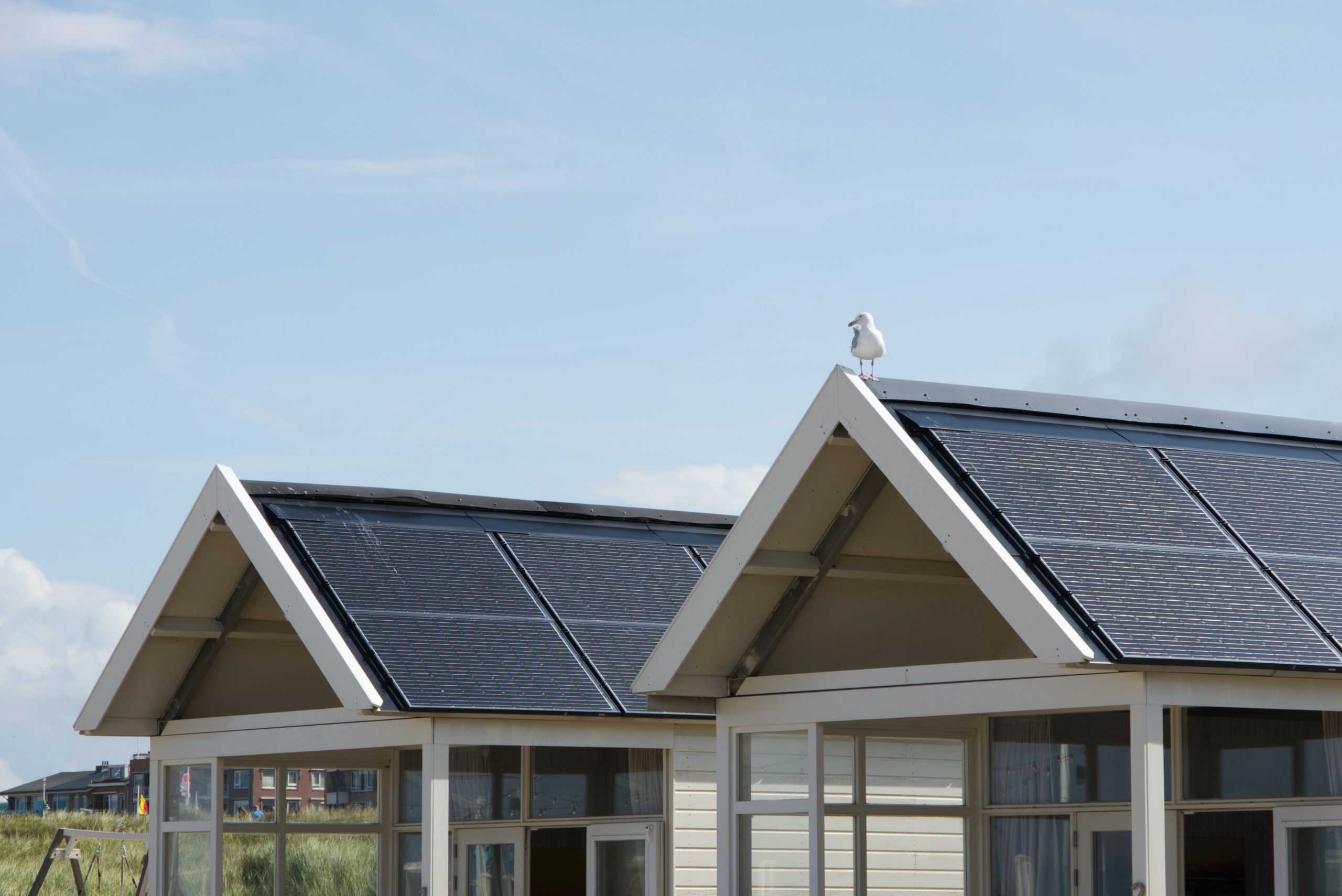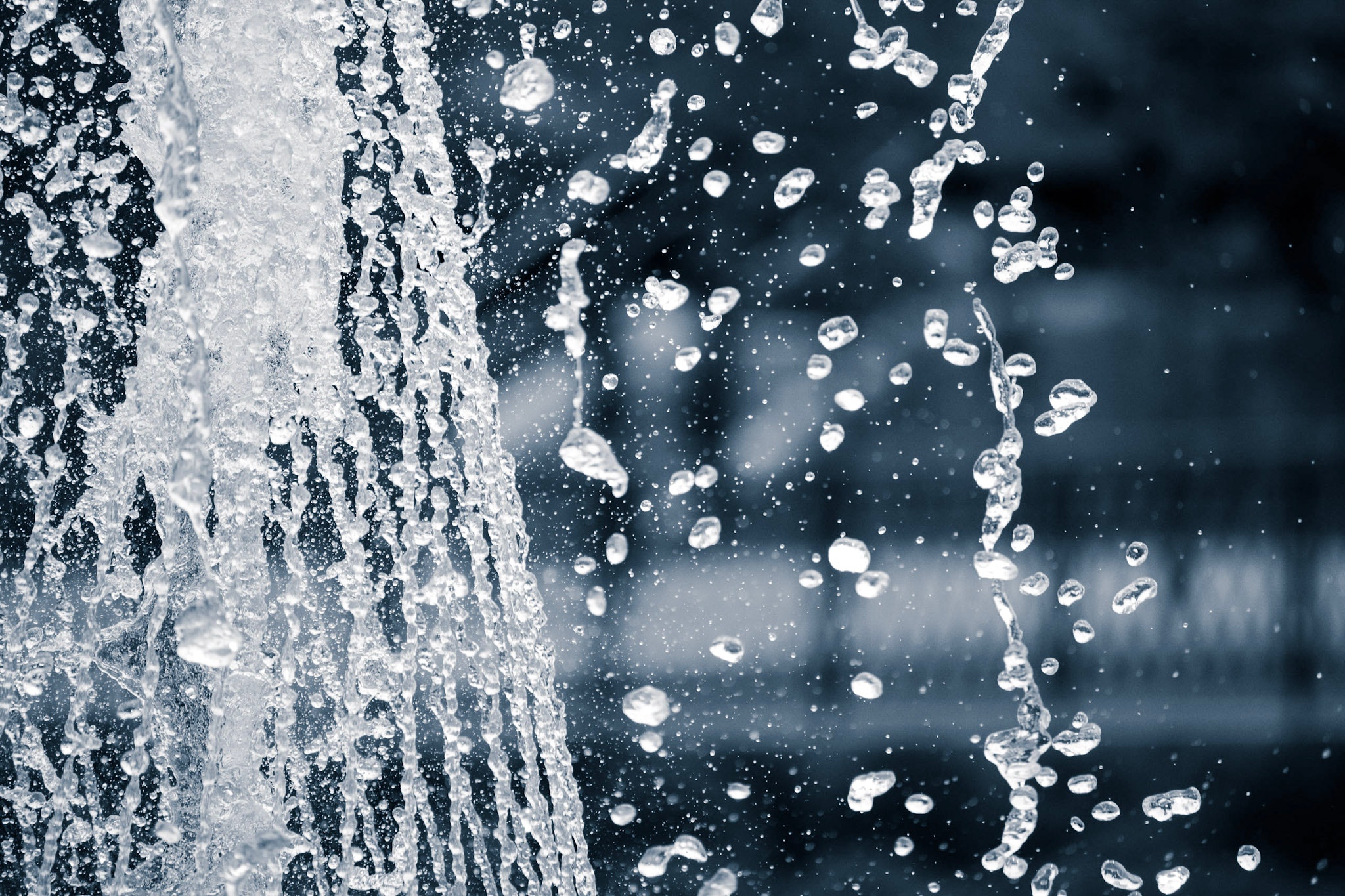From the roof to the cellar, there are multiple ways to improve sustainability in the home. If you are building a house from scratch, incorporating eco-friendly elements at the start can provide sustainability and cost significantly less in bills over the years.
Additional benefits of incorporating sustainable building elements in your home include:
- Reduced environmental impact of the home
- Lowered homeowner energy costs
- Potentially improved indoor air quality
- Increased property value
- Conservation of natural resources
- A sense of responsibility
This article reviews some of the essential elements of a sustainable home.
Elements of a sustainable home
Home Orientation

Home orientation can help with “passive” heating and cooling.
I bet you never knew that your house’s direction could determine the amount of “passive” solar energy your home receives.
Passive solar can occur when the sun shines directly into the house. Surfaces in the home can absorb the energy and transfer it into heat.
If you live in a warmer climate, you may not want your windows getting too much sunlight which can increase the temperature in your home. But if you live in a colder climate, you probably want all the “passive” solar heat you can get.
The south side of buildings can provide the most passive solar heat in the winter for people in the northern hemisphere.
If you are building a home and want to maximize passive solar energy, work with a developer with experience building passive solar-friendly homes.
Sustainable Energy

Solar energy is the current most popular way for homeowners to create their own energy supply.
A home that creates its own energy supply is a pillar of sustainable housing. Solar panel technology is today’s most popular form of sustainable energy in new homes.
Solar electric systems produce pollution-free electricity for the home. Not only do they conserve energy and, in some cases, provide energy back to their grid, but they can also lead to a massive decrease in electric bills.
Excellent Insulation

Good insulation restricts airflow between the inside and outside of your house.
Insulation is essential for keeping the home’s desired temperature warmer in the winter and cooler during the hot summer months. In addition, good insulation restricts airflow between the inside and outside of your house and reduces heating and cooling costs.
Benefits of insulation include:
- Cost savings
- Reduces noise
- There are non-toxic types of eco-friendly insulation
Some of the most eco-friendly insulation available include:
- Sheep’s wool batt
- Cork batt
- Dense-fill cellulose
- Hemp batt
- Loose-fill cellulose
- Dense-fill cellulose
- Fiberglass batt
Water Supply

Energy Star washing machines are designed to be more energy and water efficient than standard washing machines.
Water conservation in the home is essential for increasing water efficiency at home. Ways to do this can include:
- Collect rainwater by installing cisterns to collect and store rainwater from rooftops
- Reuse indoor wash water with a water purification system
You will likely need a well on your property. However, if you don’t have a well (and most homeowners don’t), you have other options to conserve water usage.
You can help your home be more water sustainable by using water-restricting faucets and purchasing Energy Star washing machines are designed to be more energy and water efficient than standard washing machines. They are tested and certified by the US Environmental Protection Agency (EPA) to meet certain energy and water efficiency standards.
For example, Energy Star washing machines are designed to be more energy and water efficient than standard washing machines. They are tested and certified by the US Environmental Protection Agency (EPA) to meet certain energy and water efficiency standards.
Efficient Windows and Doors

Efficient doors and windows are a must in a sustainable home.
There are more eco-friendly and efficient window and door options available now than ever before. Much of the energy in a house can flow in and out of windows and doors, which is why consideration much be given here. Some of the elements to think about when it comes to energy-efficient windows and doors includes:
- The type of framing
- The glass used in windows
- The materials used
Eco-friendly glass windows may have an insulated air space to allow for improved insulation or have an invisible coating to help reflect or retain heat. Some of the most efficient doors are made with fiberglass, wood, or steel.
(Find more eco-friendly home tips and links to posts here.)
Green Roof and Walls

A green roof or wall provides sustainability while incorporating nature into your home.
Who said your greenery and gardens had to be on the ground? One of the most incredible elements of sustainable homes involves being more creative about where you grow your greens, including wall gardens and green roofs!
Green roofs have many excellent benefits, such as:
- Helping to regulate your home’s internal temperature
- Maximizing roof life
- Heating and energy savings
- Reducing stormwater runoff
In addition, wall gardens can provide added food production and bring more nature into the home. This may help to improve your mood and brighten your day.
In Summary
Hopefully, you have a better idea about the essential elements of a sustainable home that will help you make better decisions moving forward. How a home is built and the materials used significantly impact overall sustainability. Although many of these elements may cost a little more on the front end, they usually help curb energy costs year over year, which results in financial saving over the long run.
Additional recommended reading:

